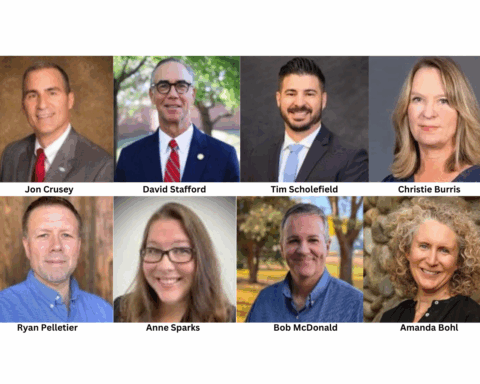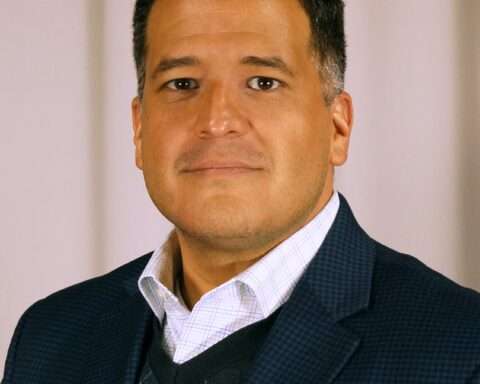The Infrastructure Investment and Jobs Act (IIJA) was passed in 2021 to address infrastructure issues across the country, from aging roads and bridges to over-capacity water systems. While the IIJA has the potential to bring significant improvements, it also faces challenges to implement, particularly for smaller and resource-limited communities.
Over the past two years, the bill, also known as the Bipartisan Infrastructure Law (BIL), has allocated $400 billion of $1.2 trillion toward 40,000 projects. It prioritizes transportation projects, sets aside billions for port expansions, invests in broadband connectivity for every American and has helped drive upgrades to the nation’s power grid.
“Almost all of these projects are funded through federal grants. That means if you’re a local government, whether you’re a city or a county, you’ve got to apply for this funding to be able to get started on it,” said Miles Mathews, a senior consultant at SPI. “But if you’re a small community with aging infrastructure or a growing community with not enough staff to do all of the things that you need to do, you’re resource-poor.”
Mathews emphasized the critical role of grant writers in the process.
“The first hurdle is just getting the grant application in,” he said. “That could mean you don’t have enough internal staff to run your numbers. You’ve got to be able to prove out all of that stuff.”
Erin Downey, a managing consultant at SPI, said being organized can help smaller communities when applying for federal grants.
“The application directions, federal jargon and specific requirements – especially from federal agencies – are often hard to understand,” said Downey, who previously worked as a grant writer for Aguilar, Colorado. “A great start would be to work with the resources you have. Thoroughly review the specific requirements outlined in the grant application guidelines. Pay attention to eligibility criteria, proposal format, budgetary considerations and any additional documentation requested.”
This funding is necessary because of the degrading state of infrastructure nationwide, particularly in smaller communities. The United States ranked No. 13 worldwide for overall quality of infrastructure at the time the act was passed, according to the World Economic Forum.
For example, concrete dams, many of which were built in the 1950s, have a lifespan have 60 to 75 years. “We’re right up against the deadline, the time that these kinds of things need to be refreshed,” Mathews said.
Similar challenges are evident in highways, bridges and water treatment plants across the country. In some cases, aging infrastructure is increasingly dangerous, such as when the Interstate 35 bridge over the Mississippi River in Minneapolis collapsed in 2007, killing 13 people.
“The U.S. infrastructure, whether it’s roads, bridges, airports, water systems, you name it, we get a C plus grade overall,” Mathews said.
SPI is looking for grant writers to help smaller communities and governments with applications. Additionally, consultants like Mathews are key players in helping bridge the gap between government funding and businesses who have resources to help undertake these projects.
“Employment’s up, construction’s up, projects are getting started and things are beginning to happen,” Mathews said. “But even now, (the IIJA) is a five-year program that’s 40% done. And only 30% of the money has been given out. There’s a 10% delta right in there.”
He also discussed the role of SPI Advisors in providing expertise to governments undertaking large projects.
“The aim is to be an expert for governments who are undertaking big projects. To help them with public engagement strategies, to work with the federal government, to work with their constituents, to work with the development community and to engage on these big infrastructure projects,” Mathews said.












